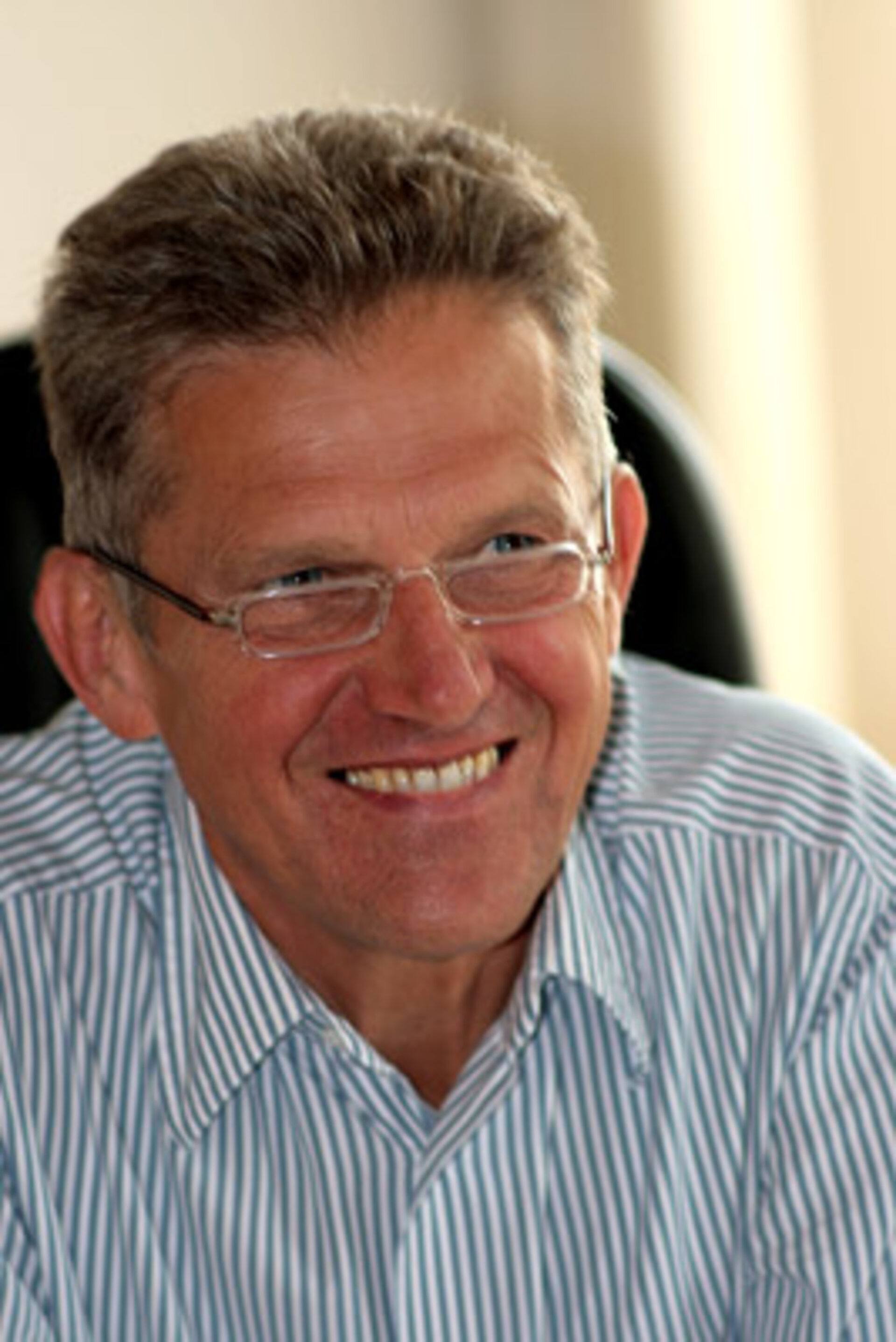Chairman GOCE Mission Advisory Group: Interview with Reiner Rummel
Reiner Rummel is Chairman of the GOCE Mission Advisory Group – which is a body set up to provide technical and scientific advice to ESA, thereby ensuring the GOCE mission delivers the data required by the science community.

Professor Reiner Rummel heads the Institute for Astronomical and Physical Geodesy at the Technische Universität München, in Germany and is Chairman of the GOCE Mission Advisory Group.
From 1980 until 1993 he was a professor at the Technical University of Delft in the Netherlands. Even then he and his team worked on satellite gravity gradiometry and he is one of the scientists who initiated the GOCE mission. Professor Rummel is currently the Principal Investigator for ESA’s GOCE High level Processing Facility (HPF), which is a joint project between 10 institutes from seven European countries.
ESA: What does the work of the GOCE Mission Advisory Group entail?
Reiner Rummel
The role of the Mission Advisory Group is to establish a bridge between the 'dreams' of the scientists and the work engineers have to do in the real world to develop the instruments and build the spacecraft. In the case of GOCE, the members were an ideal combination of scientists from all fields relevant to GOCE - some older who were already involved in the preparation of the original GOCE proposal and some younger who did not hesitate to take a critical approach and pose the right questions. Thus, important feedback could be given about the implications of design modifications on the expected scientific results and research fields could be identified that required additional studies to consolidate scientific ideas.
GOCE is a completely new type of scientific satellite mission.
ESA: How did the GOCE mission come about?
Reiner Rummel
GOCE is a completely new type of scientific satellite mission. Never before has a gravity gradiometer been flown in space. The original ideas date back to the pioneering days of the space age. Back then, satellite gravity gradiometry had already been regarded as ideal for various applications in Earth sciences, however the necessary technology was not yet mature. Only by the early eighties could such a mission concept be seriously pursued. Through several iterations, the GOCE concept emerged from the work of a large group of European scientists and through the support of ESA.
ESA: Why should the public be interested in what GOCE will bring?
Reiner Rummel
GOCE will advance science and its applications. Ocean circulation will be measured from space, globally and in great detail. Thus, insight will be gained about its driving forces, its role in our climate system and about sea-level rise. Geophysicists will learn more about the dynamics of our moving plates and their interaction with the Earth’s mantle. However, Geographic Information System (GIS), surveying and mapping and geo-engineering will also benefit from GOCE. GPS – and soon GALILEO – satellite receivers will be able to deliver heights above sea level with cm-precision, almost at any place on our planet.
ESA: Other gravity missions have already mapped the gravity field. What makes GOCE different?
Reiner Rummel
Its high spatial resolution combined with high precision. It is the great level of detail with which GOCE is able to recover the spatial variations of gravity along the Earth's surface that makes this mission so special.
ESA: What role will you play in the GOCE mission once it is in operation?
Reiner Rummel
With a wonderful team of scientists from 10 institutes in seven European countries, we look forward to working on the so-called level-2 processing of the GOCE data. This implies the joint processing of all GOCE sensor data - star tracker, GPS, gravity gradiometry - with the goal of computing optimal data products for the various fields of Earth sciences and application.
ESA: Where will you be for the launch?
Reiner Rummel
For more than 20 years I have been hoping for such a mission to happen. Thus, I am really looking forward to the launch. If my nerves allow it, I will attend the launch event at ESA-ESRIN in Italy. My team and several leading German Earth scientists will attend a launch event at the same time organised at our university in Munich in Germany.
Editor's note:
This is one in a series of interviews with a few of the key people that are involved in the GOCE mission. Please check back as the list will be added to over the coming weeks.




